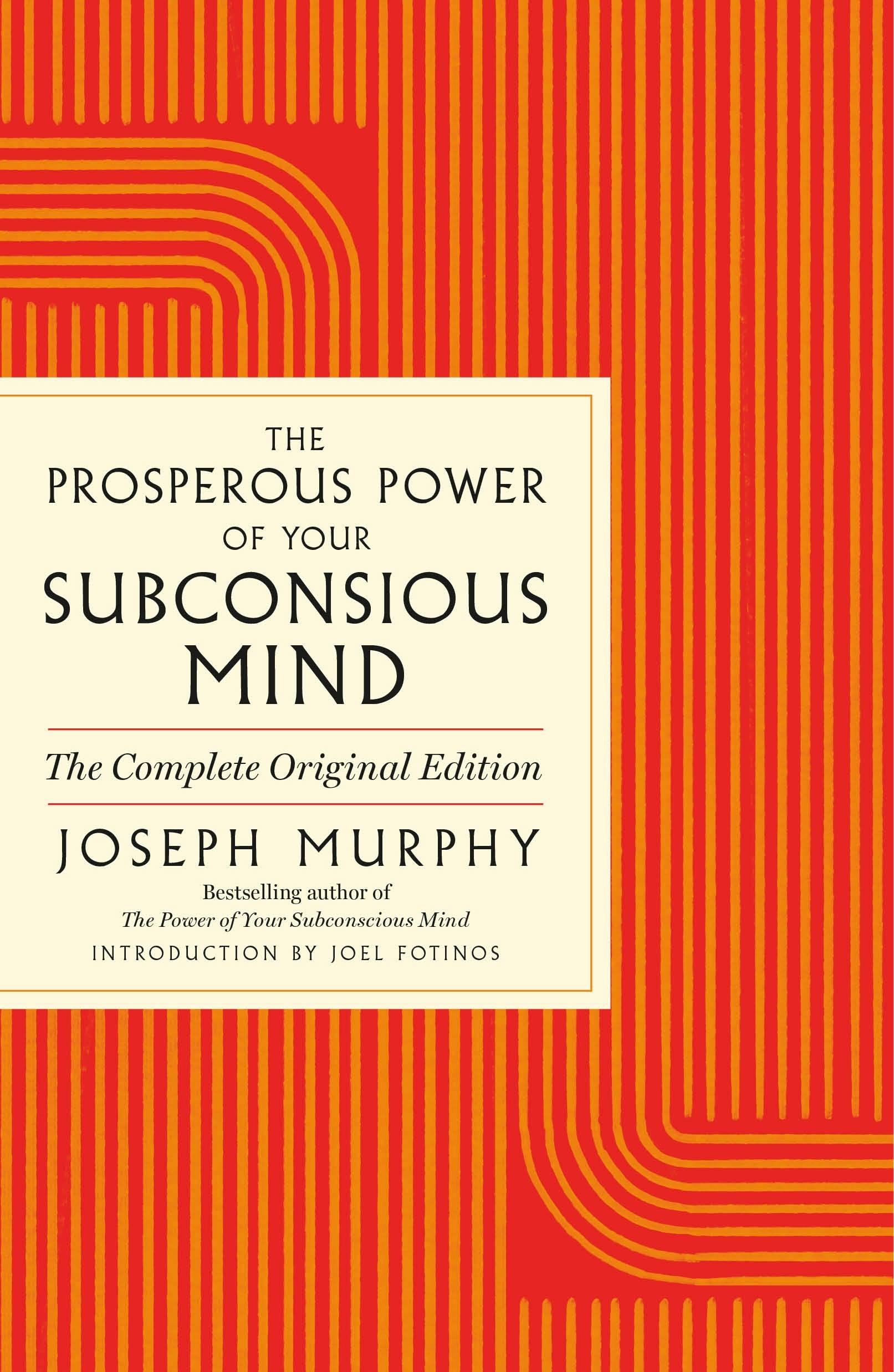
Timeboxing: The Power of Doing One Thing at a Time by Marc Zao-Sanders presents a fundamental, transcendent time-management practice. Zao-Sanders provides an informative and accessible look at every aspect of this revolutionary method– how to do it consistently, and how to do it well. Read an excerpt below.
What is timeboxing?
Timeboxing is often conflated and confused with similar-sounding approaches to time management: time-blocking, scheduling, daily planning, single-tasking, calendar management, and timetabling. Disparate, inconsistent, overlapping definitions of timeboxing will not do for a book on the topic! They are collectively and individually unsatisfactory. I propose that timeboxing is the method and mindset of:
Selecting what to do, before the day’s distractions arise; specifying each task in a calendar, including when it will start and finish; focusing on one thing at a time; doing each to an acceptable (rather than perfect) standard.
This definition accommodates the most important elements of the practice: intentionality, focus, achievement, order, completion and the creation of the timebox itself. It also makes the important point that we should box the time when, and only when, we have the wherewithal to do so.
Though not quite a definition, an alternative and also useful way of thinking about timeboxing is as a synthesis of your to-do list and your calendar. The to-do list tells us what to do. The calendar tells us when to do it. The combination is much more readily actionable and useful than either on its own.
It’s also worth distinguishing timeboxing from time-blocking. Time-blocking is the blocking off of time to do something. Timeboxing is time-blocking + committing to getting the task done in time, within the box. In other words, time-blocking is about exclusive focus; timeboxing is exclusive focus + specified outcome.
What problem does it solve?
The problem is that we don’t use our time well. We procrastinate. We achieve less than we ought to. We don’t feel free, even in our free time. We overcommit. We feel anxious. Most of us exhibit many of the characteristics listed in the Introduction.
We struggle to use our time well today, especially because:
- Knowledge work is never-ending.
- We are constantly faced with many choices. That choice brings an unpleasant pressure to choose well. And most of what we have to choose from is crap; the abundance of choice stems from an abundance of crap.
- We’ve developed a fear of missing out (FOMO), which stems from a heightened awareness of what’s going on elsewhere, largely served up by social media feeds.
- Control is ceded to algorithms and other people. We have lost a lot of our freedom, our agency.
- We don’t have long here — just four thousand weeks, as Oliver Burkeman put it. And we have far fewer for certain special, limited opportunities, such as time with grandparents, grandkids, our dear old parents, our finest friends.
The features that make timeboxing exceptional
Some of the features of timeboxing demonstrate its inherent strengths, as a mindset and method. To be clear, features are the characteristics of the method — what it is. Benefits, on the other hand, are the ways in which the method will improve your life. In commercial business parlance: features tell, benefits sell.Timeboxing is logical. We systematically decide on the most important aspects of our lives, prioritize them, and give them due attention. As we do so, we ensure that our succession of experiences, our use of time, is systematically optimized, hour by hour and day by day. To those of us that do, the question is: how can one not timebox?
Timeboxing is natural. Specifically, it’s a natural extension of what we already do. Approximately half of our working lives (meetings, commutes, collaborative work sessions) and some of our leisure time (a driving lesson, a cinema showing, a massage, a restaurant booking) are prearranged with start and endpoints. Let’s say that roughly 4 hours of your working day and 2 hours of your leisure time are already prearranged — 6 hours in total. Timeboxing is simply an extension of this and therefore should feel natural. The practice involves looking at the rest of your waking hours (with the example given, there are approximately 10 left) and encourages you to decide how some of that time would be better spent too. The habit is less of a daunting encumbrance if you think of it as moving from a baseline of 6 up to 8, 10 or 12 timeboxed hours, rather than from a base of zero. Since you timebox already, you can use your existing systems and processes, and over the course of the book, we will review and try to improve on these. All this by way of saying, unlike many other self-help methods, timeboxing is not an alien practice — needing to force its way into an already jam-packed life of set ways and established behaviors.
Timeboxing is actionable. Add a single item to your calendar, set an appropriate duration, and you’re up and running. The approach here is to take the single most effective method, focus entirely on that, and fully immerse you in it — learning by doing wherever possible — in order that you master it and make it your own.
Timeboxing is complementary. There are many approaches to time management. Timeboxing is not only consistent with them, it’s able to support any and all of them. If you have adopted Eisenhower’s Matrix (categorizing tasks into a 2 x 2 matrix of important vs urgent), you would take the most important, most urgent items and place them into your timeboxed calendar sooner rather than later. If you think prioritizing rocks before pebbles and sand (that smaller tasks should be arranged around bigger tasks) then slot them in accordingly, largest first. If you subscribe to the 80/20 rule (that 80% of the consequences derive from 20% of the causes), you will work to identify the vital few and stick them in your calendar ahead of the trivial many. If you are a chunker, chunk away, and timebox the chunks. If you consider your energy levels to be a major driver of your personal productivity, then choose to carry out creative work, administrative tasks, meals, exercises, and breaks at the times of day that suit. If nutrition is part of your personal productivity plan, timeboxing will serve up reminders of the snacks or drinks you need, when you need them. Timeboxing is the flexible friend of any and all other time management techniques — the one habit to rule them all.
Timeboxing basics, so you can start right away
As for the method, there are two activities that together constitute timeboxing — planning and doing. Here’s what you need to do for each.
Plan (before the day)
- Set a period of time (15 or 30 minutes), before the busyness of the day clouds your mind and impairs your judgement, to decide what’s most important and needs to get done.
- Set a daily (ideally digital) calendar appointment for this planning session, first thing in the morning (or last thing the night before). Make the appointment recur so you won’t ever miss it.
- Review your to-do list. If you don’t keep one, start! To-do lists feed timeboxing; the better your to-do list, the better your timeboxing.
- Select some of the most important and urgent items from that list and add them to your calendar. Make the best estimate you can about how long each task will take. Don’t worry, yet, about the ordering — just get them in.
- Start, make mistakes and learn quickly. To begin with, you will frequently under- or overestimate how long tasks take — this is normal.
Do (during the day)
- Start on time.
- Remove distractions, the most dangerous of which by far is your smartphone.
- Stick to the plan. Don’t second-guess yourself and undermine your earlier decision. Barring an emergency, what you thought earlier in the planning process, when you were calm and clear, is better than what you think to do reactively in the maelstrom of the day
- Finish on time. Get the job done. Do not permit the perfect to be the enemy of the good. Good is usually good enough.
- Aim to share what you’ve done as you finish each timebox. This brings a useful pressure to get it done and make it good enough to share — you’ll see that this is an important standard to meet.
- You’ll get distracted and derailed. Expect this. When it happens, practise coming back to the timebox (return to the calendar), to your original task. With experience, your distractions will become fewer and shorter-lived.
This topic you are reading about, timeboxing, is unusually perfect for experimentation as you go. Every morning you wake and have a brand-new chance to try out what you’ve learnt, tweak it, experiment with it, question it, make it your own. Do not pass up this opportunity! To ease into it, you might like to try timeboxing every other day (Mondays — Wednesdays — Fridays or Tuesdays and Thursdays, say). This sort of arrangement will enable you to contrast a life with timeboxing against a life without.
Copyright © 2024 by Marc Zao-Sanders

Marc Zao-Sanders is the CEO and co-founder of filtered.com, a learning tech company. He regularly writes about algorithms, learning and productivity in Scientific American, Harvard Business Review and MIT Sloan Management Review. He has followed the practice of timeboxing for over ten years. He lives in London.
Photo Credit: Edis Potori / Valtech










